U.S.S. Kearsarge Veteran's Memorial
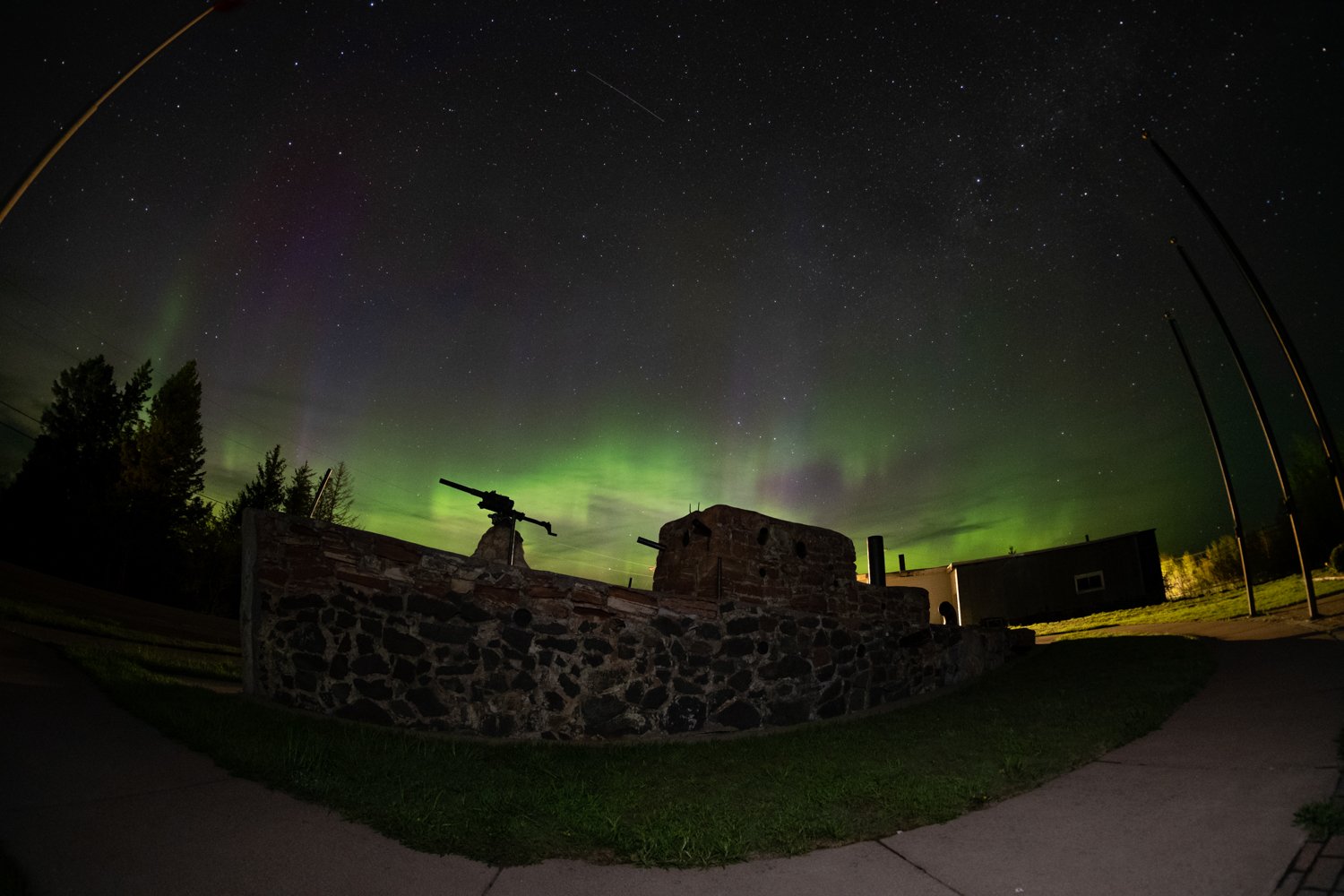

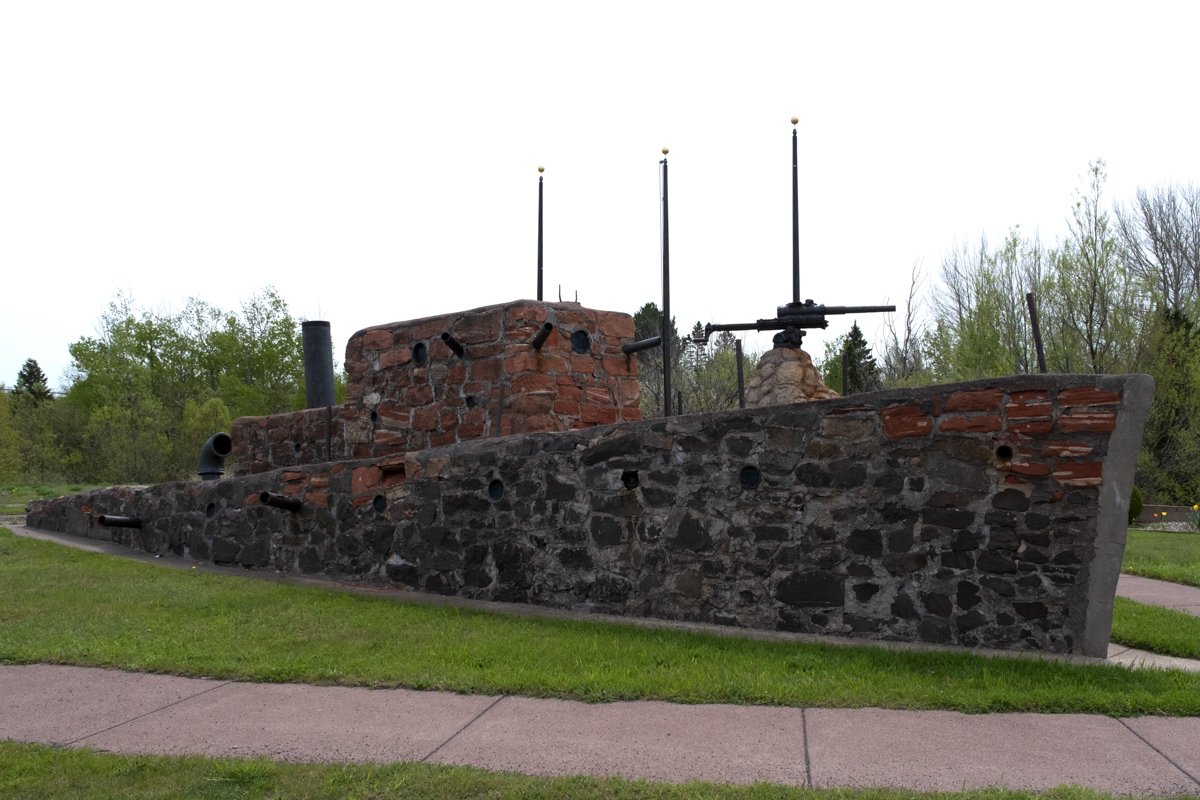
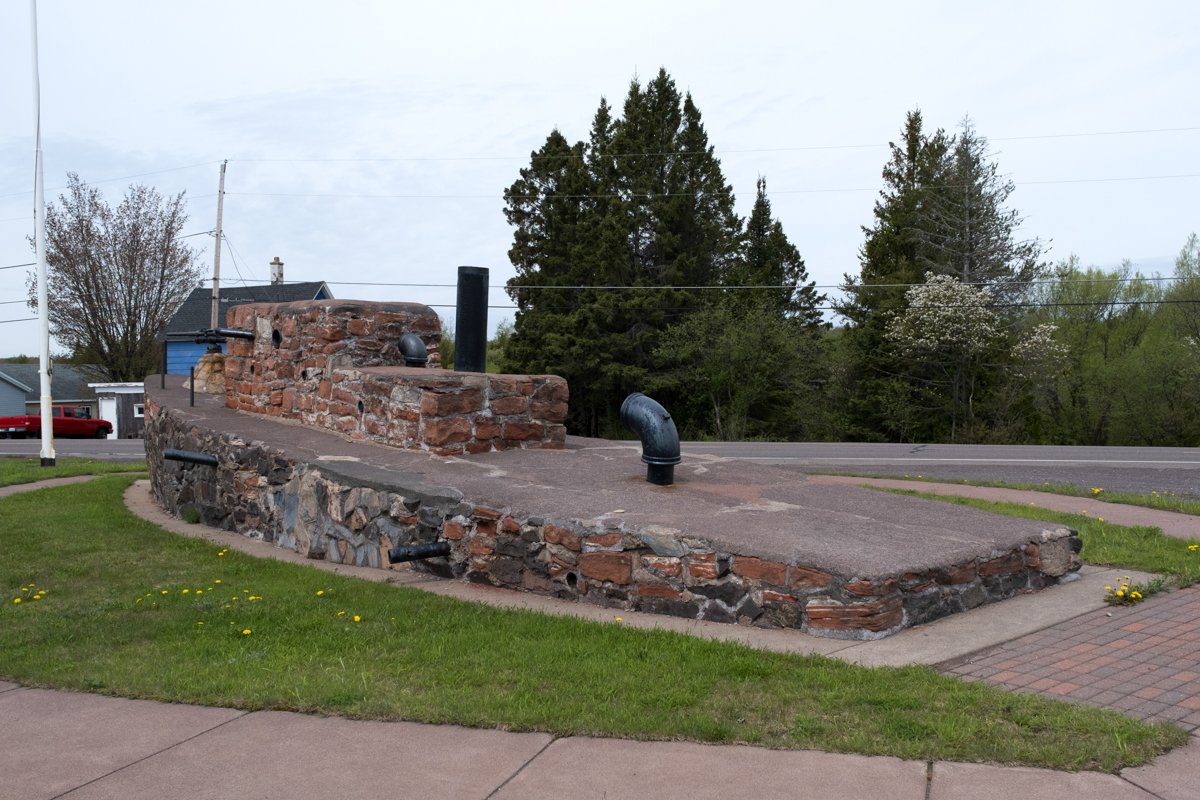
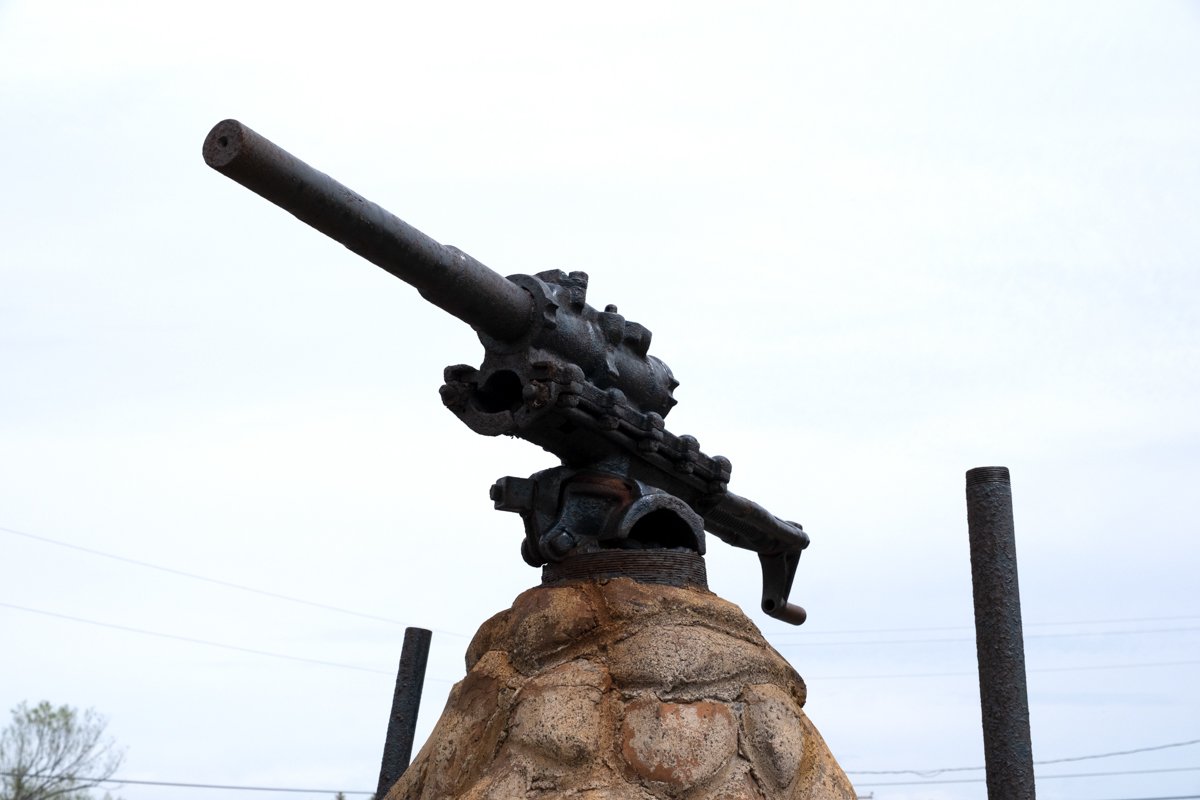

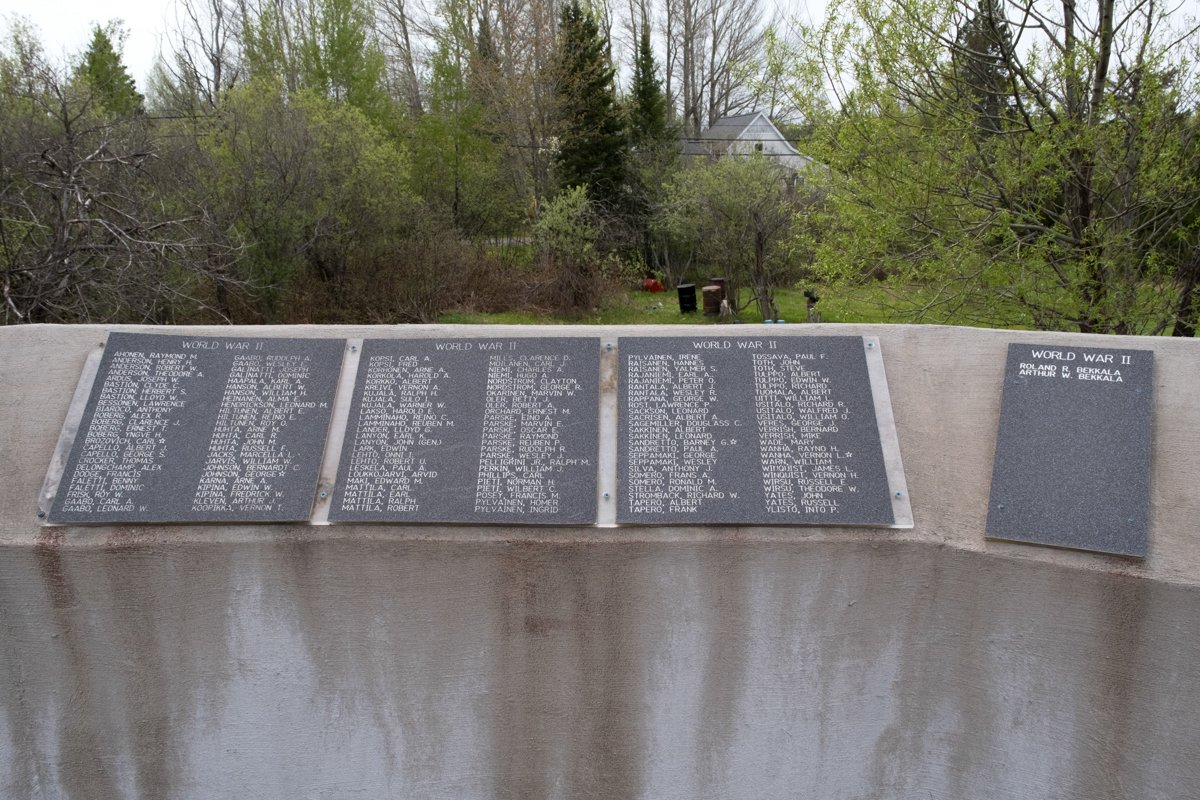

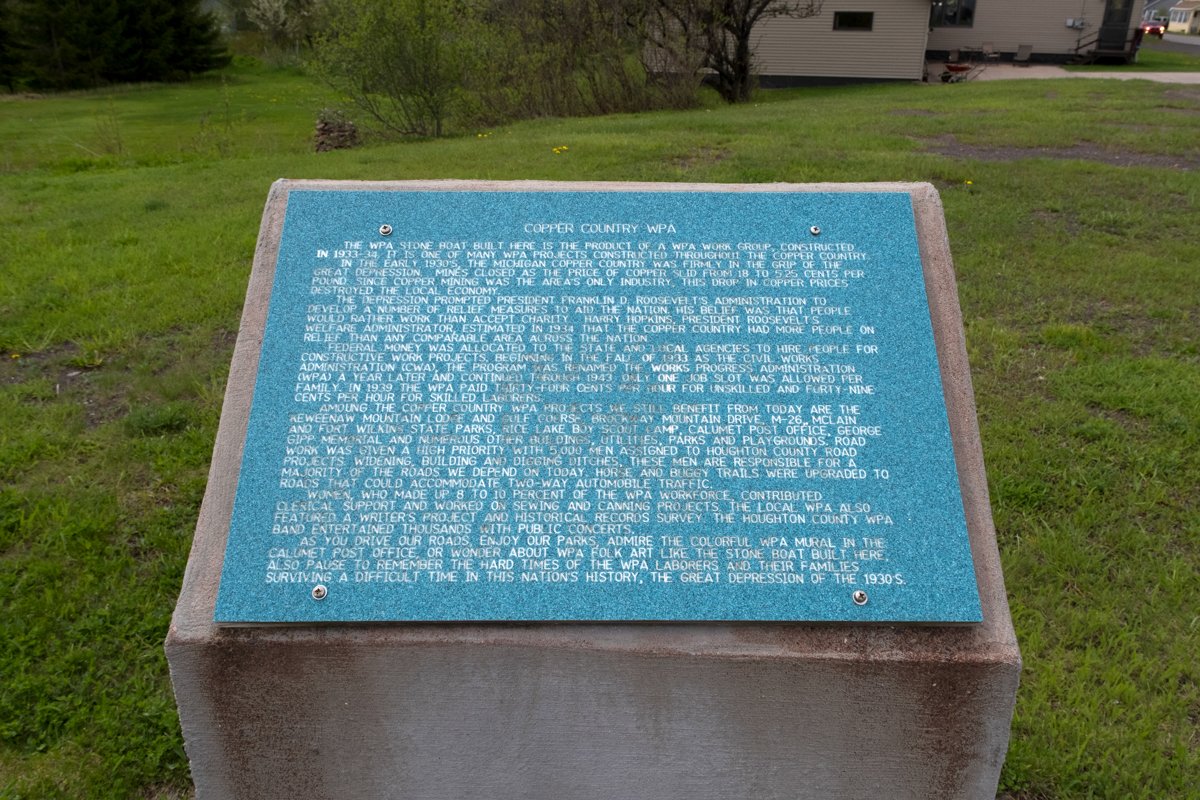
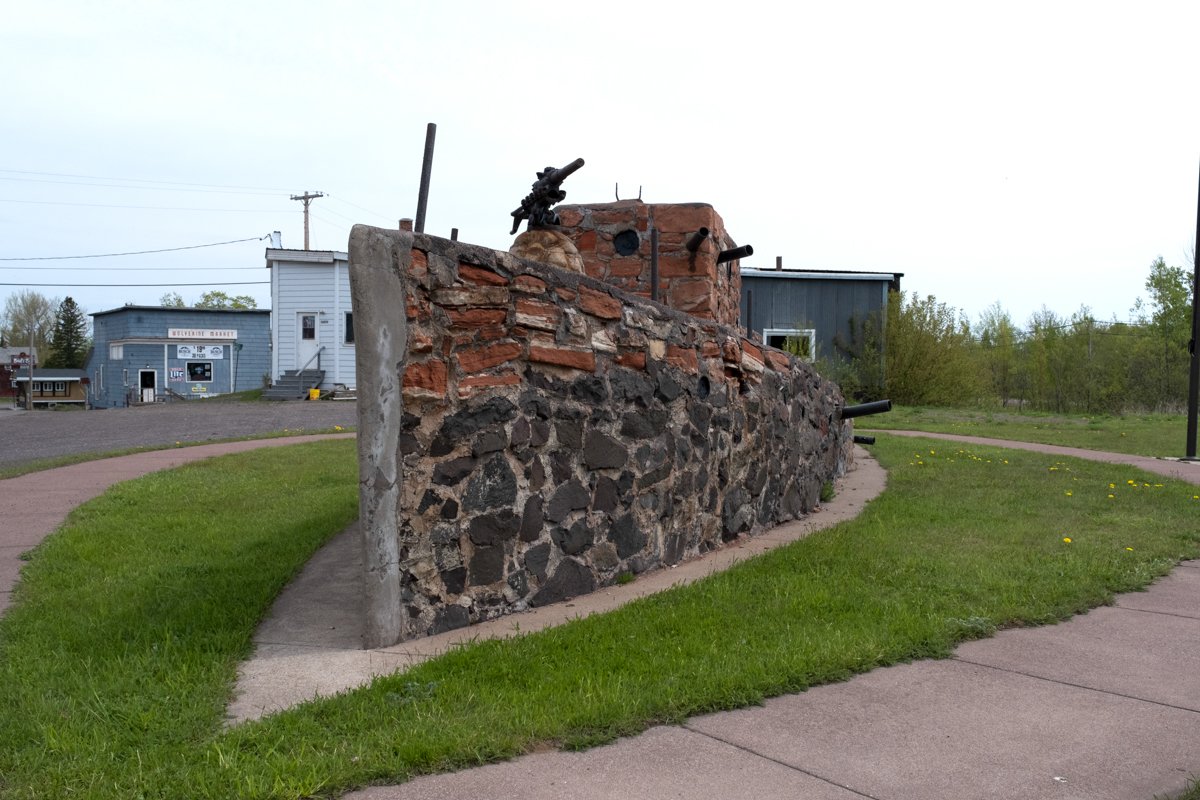

Four ships have sailed under the name U.S.S. Kearsarge, with one more bearing the name until just before it launched. The original ship was built in 1861 by the Union Army in the American Civil War. It was named after Mount Kearsarge, a 2,937-foot mountain in New Hampshire. The boat is most famous for sinking the C.S.S. Alabama, a Confederate sloop-of-war that wreaked havoc on Union merchant and naval ships during its 2-year lifetime. The original U.S.S. Kearsarge would have a longer life, sinking in 1894 in the Caribbean.
The second U.S.S. Kearsarge (BB-5) was launched in 1898. It would be decommissioned for upgrades in 1909 and recommissioned in 1915. It was used as a training vessel during World War One and continued to serve that purpose afterward. It was decommissioned again in 1920 and converted into a crane ship, which was its use until it was sold for scrap in 1955.
The third U.S.S. Kearsarge (CV-33) launched in May of 1945, shortly before the end of World War II. It would be decommissioned in 1950 for modernization and recommissioned two years later. It was used briefly in the Korean War before returning home. The ship saw more modernization and was used as a recovery ship for NASA. Eventually, it was sold for scrap in 1974.
The final USS Kearsarge (LHD-3) launched in 1992 and is still used today as a warship.
The town of Kearsarge was named after the Civil War ship because a former naval officer who was stationed on the ship moved to the Upper Peninsula to work for the Calumet & Hecla Mining Company and thought it would be a good fit.
Copper Country was hit extremely hard by the great depression, and the WPA did numerous projects in the Upper Peninsula to give people jobs. One of those jobs was to build the U.S.S. Kearsarge Veteran’s Memorial out of bricks, which would be completed in 1934. After researching the boat that it was modeled after for this article, I have to admit; it doesn’t look much like the 1861 sloop-of-war ship we mentioned earlier.
There’s a small park surrounding the ship with plaques and information. I had driven past numerous times before walking by one evening on my way back from Bumbletown Hill during a showing of the northern lights. I snapped a few photos of the monument, and here we are. Even without the aurora dancing behind it, this mini-park is a great place to stop, stretch your legs, and learn some history. It offers an abundance of historical context to what makes the Upper Peninsula special and the people who live there one of a kind.
There’s another ship like this in a small park in Centennial Heights, which isn’t next to a major road.
